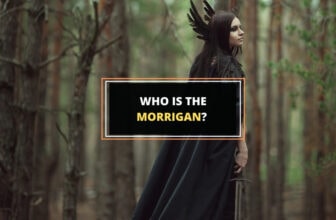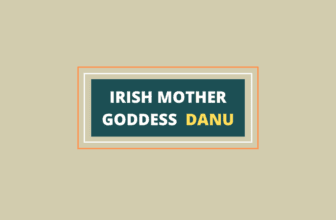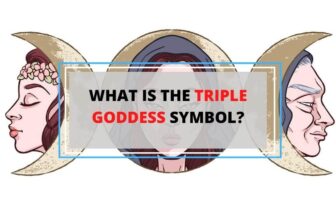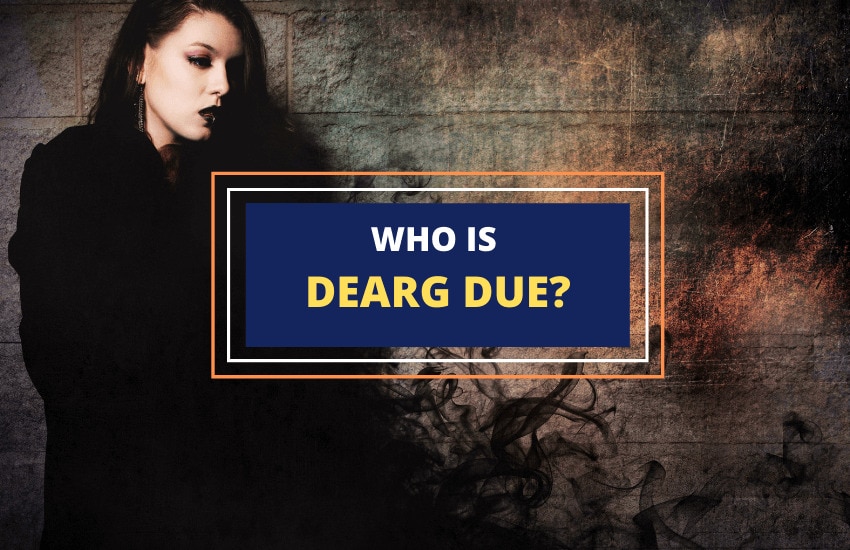
Table of Contents
The Dearg Due is one of several blood-sucking monstrosities in the Irish/Celtic folklore. Depicted as a female figure, the Dearg Due is one of the most famous of the Irish ‘vampire’ like creatures. However, she’s more than just an evil character to be feared. Her tragic story is intriguing and shows another side to her. Here’s a closer look at the Dearg Due.
Who is the Dearg Due?
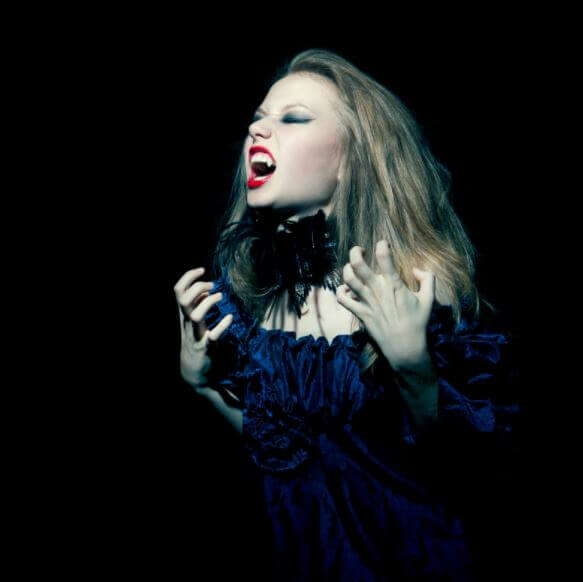
The Dearg Due, or Dearg Dur, literally translates as Red Thirst or Red Bloodsucker. Said to be a young woman that lived two millennia ago, the Dearg Due was once the daughter of a nobleman in Waterford. She was loved by all the villagers and commoners in the area. Kind, smart, and incredibly beautiful with her long silver-blonde hair and red lips, the Dearg Due was famous across the country. What happened to her next, however, made her infamous.
A Tragic Love Story
The myth of the Dearg Due starts as the archetypical story of a beautiful woman fated to have an unhappy arranged marriage.
At the start, the Dearg Due fell in love with a local peasant boy. He was kind and pure, just like her, and their love was strong and passionate. As most patriarchs of the time, the Dearg Due’s father didn’t care about the woman’s feelings and wasn’t willing to “waste” her nobility on a peasant.
So, when the Dearg Due’s father found out about his daughter’s relationship, he chased the peasant away and arranged for his daughter to marry the chieftain of a nearby area. The said chieftain had a reputation for being as cruel and violent as he was rich.
Tortured by A Tyrant
As soon as their marriage vows were exchanged, the Dearg Due found out that her new husband was even more horrible than his reputation had suggested. The evil man tortured the Dearg Due in any way imaginable – from simply using her for his pleasure whenever he wanted, to mocking her and beating her senseless. The stories say that the man even enjoyed wounding her so that he could watch her blood drip down her fair skin.
The Dearg Due’s husband didn’t hide his atrocities either – everyone in the land knew how he treated his new bride, but few could (or would) do anything about it. The Dearg Due’s father also knew what his daughter had to endure but he didn’t seem to mind – as long as his new son-in-law satisfied his avarice, the Waterford nobleman was happy with the arrangement.
Betrayed Hope
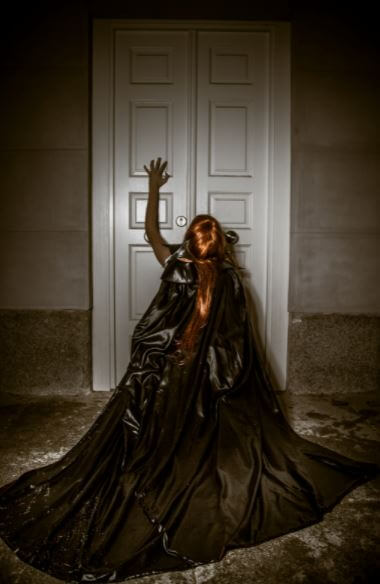
The young woman had to suffer her new husband’s cruelties for months without being able to do anything about it. She wasn’t even allowed to leave the tower he had locked her in. All she could do was sit there and wait for him to visit her every night, and hope that her beloved peasant boy would find a way to come and save her, as heroes do in stories.
Irish folklore rarely has such clichéd happy endings. Even though he wanted to, the peasant boy simply had no way to save his love from her husband.
As the Dearg Due waited, her hope slowly started to wane. It was becoming increasingly evident that her lover wouldn’t manage to set her free. It was also clear that her evil father and husband wouldn’t have a change of heart. Her love slowly turned into anger and her sorrow into a rage. It’s said that in her final days, the Dearg Due felt nothing for anyone, and instead hated every person in Ireland with a burning passion.
The Dearg Due decided to do the only thing she could – end her own suffering.
Attempting to Die
Unfortunately, her husband had ensured that this would be next to impossible. He had hidden away all sharp objects from the Dearg Due’s chambers, and had had her windows boarded up to prevent her from ending her life by jumping to her death.
The only recourse she had left was to starve herself to death. Once she had made the decision, the Dearg Due began hiding the food her husband’s servants were giving her so that her plan wasn’t immediately obvious.
And her plan did succeed. It took her a long time and it was incredibly painful to slowly feel her life force drain away from her body, but she eventually managed to taker her own life. She was free of her husband.
The People’s Mistake and The Botched Burial
When the Dearg Due’s tyrannical husband found out about her death, he wasn’t much fazed. Her burial was quick and modest, not at all what was usual for a commoner, let alone a noblewoman. Before her body had even gone cold in the ground, her former husband had already found a new young bride to torture in her stead, while her father continued enjoying the wealth he had already accumulated.
The people of the Waterford area did mourn the tragic death of the young woman, as they still loved and revered her. Sadly, it was that love that led to the final tragedy in Dearg Due’s story.
According to Celtic and Irish tradition, when a person died, if they had been “evil” in life, there was a risk that they would rise from their grave and turn into one of many possible Irish monstrosities – ghouls, ghosts, phantoms, zombies, demons, vampires, and many more.
This is why if there was such a risk, the person’s grave would be covered with stones so that they couldn’t rise up. Sometimes, they even buried people upright in a tall burial stone light or tomb.
As everyone in the Waterford area loved the Dearg Due, it didn’t occur to any of them that she might come back from the grave. All the people there remembered her as the kind and lovely young woman that she was before her marriage and none realized how much hatred she had in her heart upon her death.
So, the Dearg Due’s modest grave was left as it was – shallow and covered with nothing but soft dirt.
The Rise of a Monster
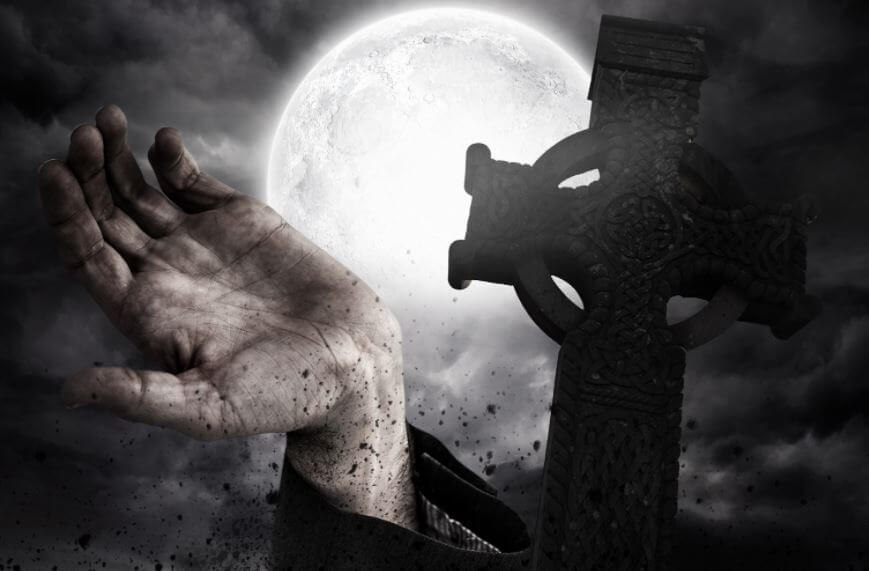
Exactly one year later, on the anniversary of her death, the Daerg Due emerged from her grave, an undead monster fueled by nothing but rage and hatred towards every who had wronged her.
The first thing the undead woman did was visit her father. She came home and found her father lying in bed. She pressed her cold lips to his and drained all his life force away, killing him on the spot.
Some variants of the story say that the Dearg Due’s father was awake when she came home. In those versions, she couldn’t physically enter her home at first so she called out to her father and asked him to let her in. Stunned at the sight of his daughter, he invited her in and only then was she able to walk in and kill him. Those stories are believed to be the origin of the belief that vampires have to be invited to enter, which is a part of the contemporary vampire mythos.
Either way, once she had dealt with her father, the Dearg Due visited her former husband. Some stories say that she found him in his bedroom, entangled in an orgy with several other women. Other versions say that she caught him late that night as he was hobbling home from the local tavern, drunk out of his mind.
Wherever and however she found him, the Dearg Due swooped upon him with all her fury and not only drained his life force away, but even drank all his blood, leaving nothing but a shallow husk on the ground.
The only man in her life the Dearg Due didn’t take revenge on was her former peasant lover. Even though she was livid in her last days because he hadn’t come to save her, apparently she still had a smidgen of love left for him and she spared his life.
However, once she had tasted the blood of her former husband and felt the strength of the life force given her by killing them, the Dearg Due’s hunger for more blood became insatiable.
The vengeful vampiress began roaming the lands of southeast Ireland at night, attacking men who had made the mistake of wandering around after dark. Her hatred was mostly focused on men, but she also didn’t hesitate from attacking young boys.
Once she found a victim, the Dearg Due would kill them on the spot. At other times, she would simply drain some of their blood and life force, leaving them passed out on the ground. Some recovered after a while, while others died from weakness a few days later.
The Attempt to Stop the Curse
Realizing their mistake, the people of Waterford returned to the Dearg Due’s grave and covered it with stones. Their hope was that this would stop the monster from roaming around. They also felt that if she returned to her grave, the stones would stop her from coming back out.
In fact, as she had returned “to life” on her death anniversary and as her body was likely in the grave when they returned, most people assumed that she could only come out on the day of her death.
So, even now, two thousand years later, the Dearg Due’s grave is still covered in a tall pile of rocks in an attempt to keep her down. The grave is now called Strongbow’s Tree and is in a churchyard near Waterford. Remember to toss a stone on her grave if you’re passing by.
Symbols and Symbolism of the Dearg Due
The Red Thirst is now viewed as one of the origins of modern vampire mythology, especially when it comes to female vampires. A beautiful young noblewoman with blonde hair and blood-red lips, going out at night to drain the blood out of unsuspecting men, the Dearg Due matches almost all characteristics of a modern vampiress.
Her story symbolizes much more than just a person’s turn to vampirism. It’s also the tale of many women’s suffering at the time – forced to live the life chosen for them by their fathers and husbands, to be used for others’ physical pleasure with little to no regard for the woman’s needs or wants.
Importance of the Dearg Due in Modern Culture
As one of several major inspirations behind the contemporary vampire myth alongside Vlad the Impaler and the Irish Abhartach, the Dearg Due’s influence over modern fiction is unquestionable.
Vampires are one of the most popular fantasy creatures in fiction today and they can be seen in countless of literary works, TV shows, movies, art, music, and video games. As the Dearg Due myth refers to a particular woman and not a “type” of vampire, however, she herself is rarely mentioned by name in modern fiction anymore.
Wrapping Up
The Dearg Due’s story is one of tragedy and horror, much like that of Medusa, a famous woman turned monster characters of Greek mythology. While her tale is entertaining, it holds the truths of a woman’s situation at that time, and their powerlessness and suffering at the hands of the men in their lives.




